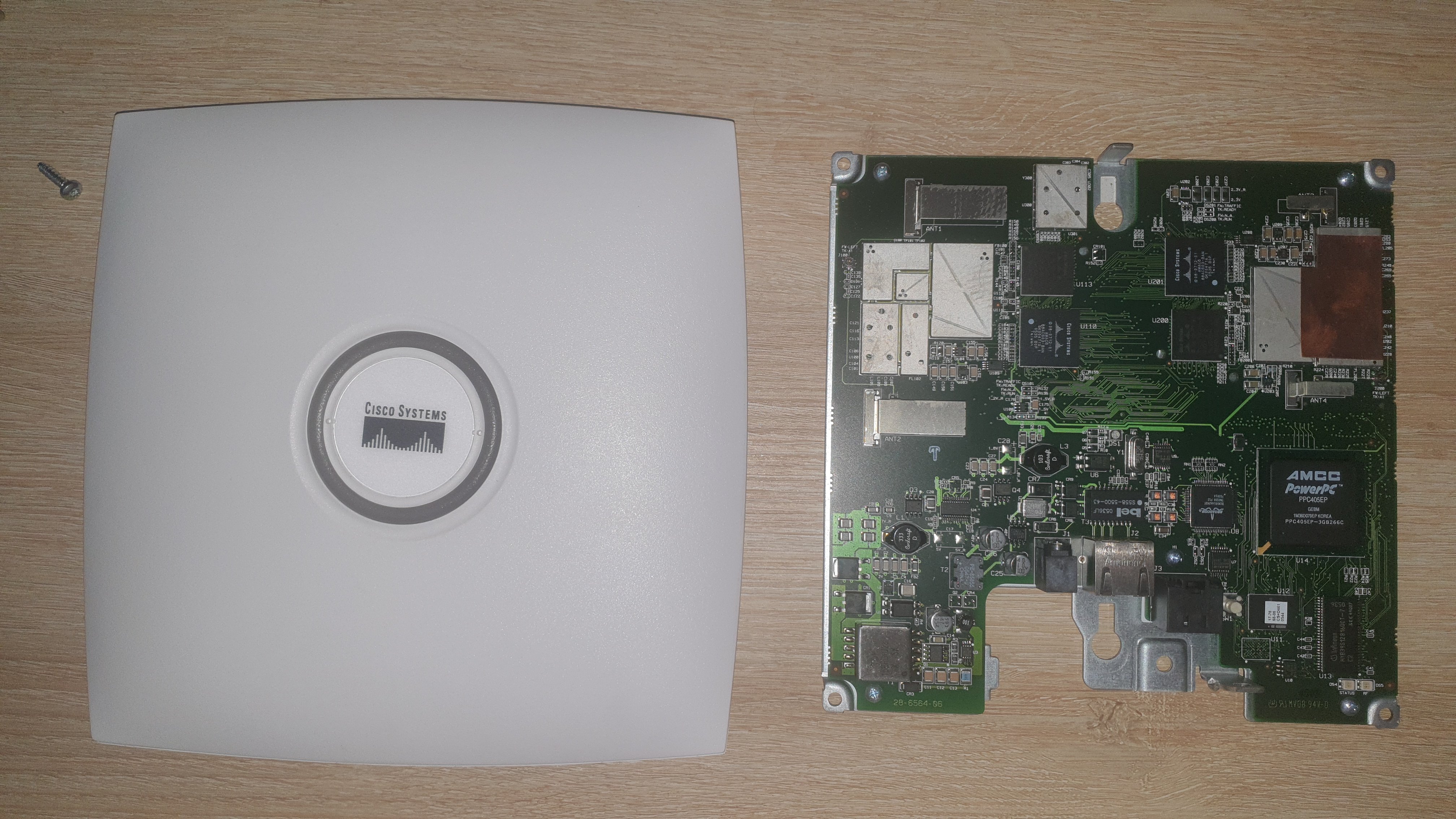1
2
3
4
5
6
7
8
9
10
11
12
13
14
15
16
17
18
3
Balancing Power Consumption and Cost: The True Price of Efficiency - XtremeOwnage.com
(static.xtremeownage.com)
19
20
21
22
23
24
25
view more: next ›


